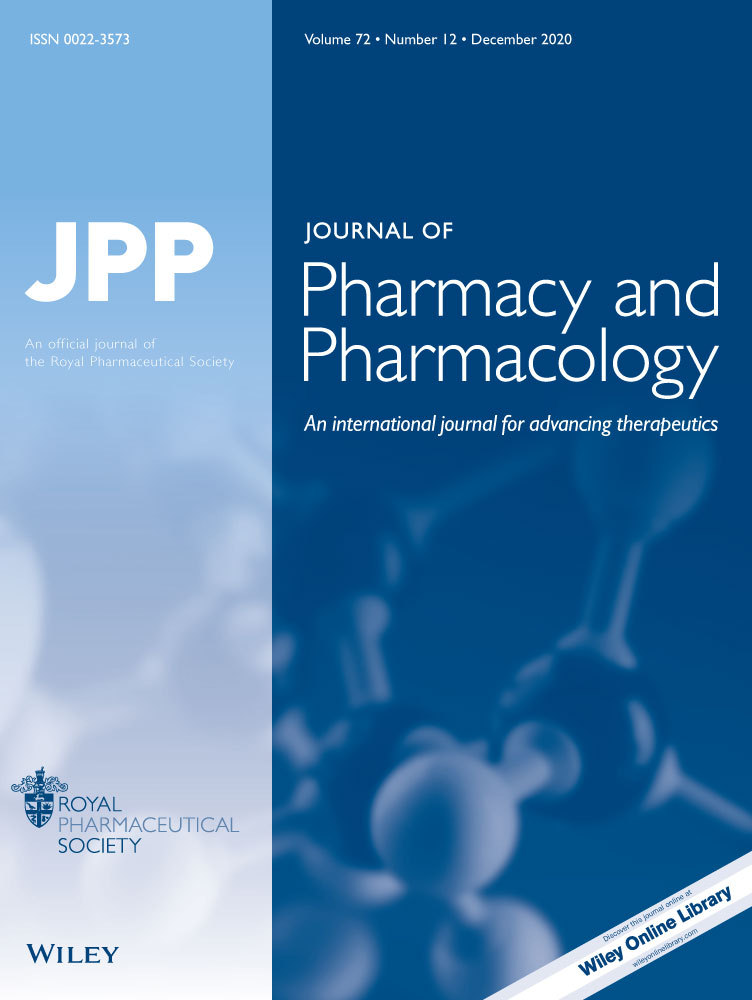Different Ability of Trifluoperazine to Inhibit Agonist-induced Contraction of Lung Parenchyma Strips from Control and Sensitized Guinea-pigs
Abstract
Abstract— There is increasing interest in the therapeutic potential of calcium antagonists in asthma. Among them the use of calmodulin antagonists deserves consideration. In the present work the effect of trifluoperazine on contractions generated by different mechanisms (CaCl2, KCl, acetylcholine, histamine and 5-hydroxytryptamine) in lung parenchyma strip isolated from control and actively sensitized guinea-pigs has been studied. Trifluoperazine produced both in unsensitized and sensitized lung strips, a concentration-dependent, right, downward displacement of the concentration-response curves to the agonists used, although the sensitization procedure resulted in a potentiation in the ability of trifluoperazine to inhibit agonist-induced contractions. The basis for this greater potency of trifluoperazine in sensitized tissues remains to be elucidated but raises attention to the future use of selective calmodulin antagonists in the management of asthma.




